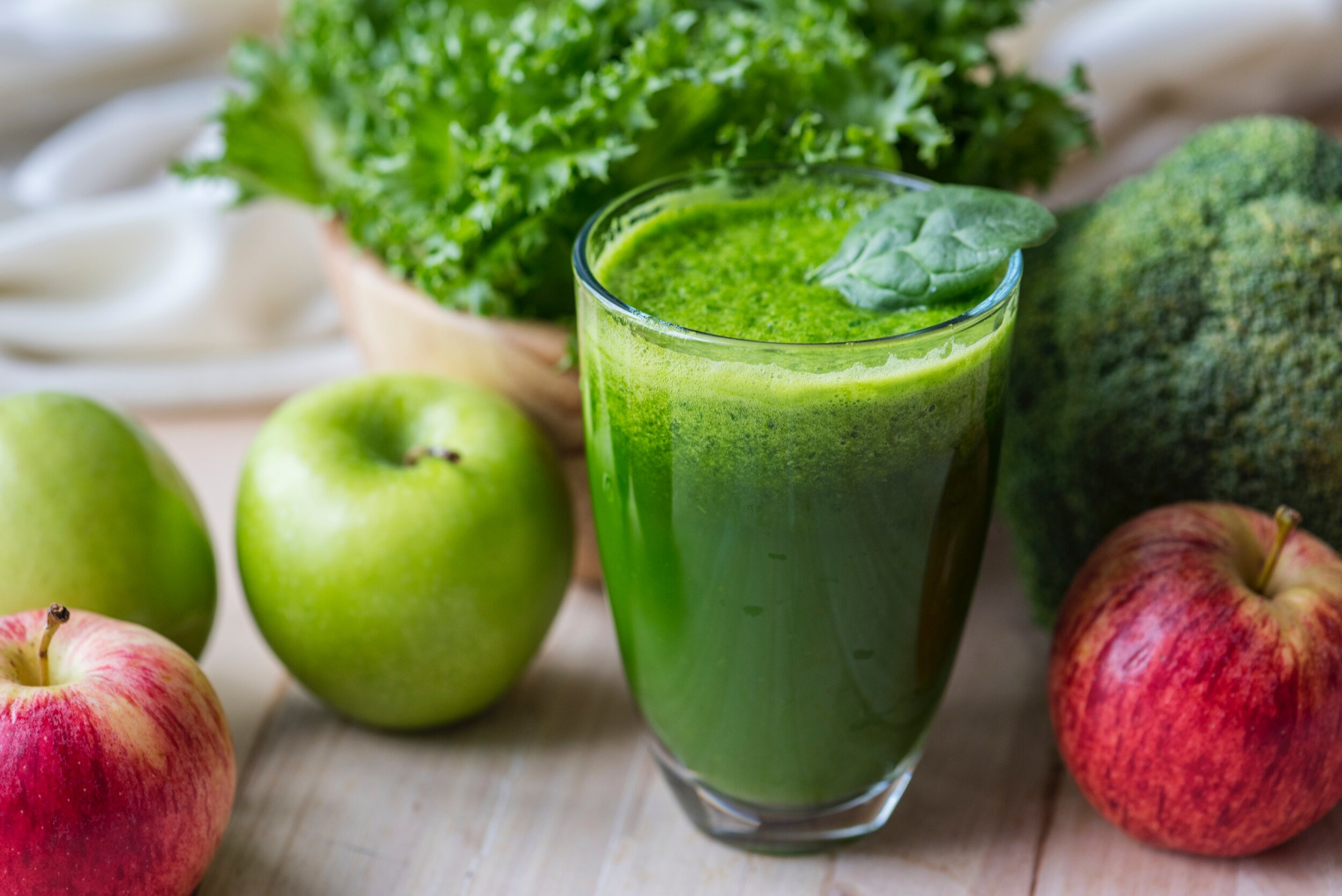Millet 'Polenta' Polenta is the Italian word for cornmeal porridge that, when stirred vigorously as it cooks, becomes creamy and sets once it cools. This recipe substitutes millet, an alkaline grain that balances the intestinal pH and is touted as diabetic-friendly because its abundance of B vitamins slows sugar absorption.
To prepare this dish, you will need millet, water, and salt.
Variations:
>>Stir in butter or vegetable oil (3 Tablespoons per cup of dry millet) as the dish cooks;
>>Sprinkle in coriander and thyme for a rich, subtle flavor (1 teaspoon each per cup of dry millet).
This recipe serves 2 people and keeps in the refrigerator for 5 days.
Directions:
Place ½ cup dry millet in a medium stock pot with 2 cups water.
Bring to a boil. Reduce to a simmer. Add 1 teaspoon salt.
Simmer, uncovered, until millet begins to thicken (about 20 minutes).
Stir occasionally and vigorously. Cooking can build arm strength! Use your muscles.
At this point, add butter, oil, and spices if you like.
Cook on low heat and keep stirring occasionally until millet reaches a porridge-like consistency.
If millet bubbles and splatters on the stovetop, cover it and cock the lid slightly so that steam can escape.
Pour thick millet into an 8x8 glass container or pie plate. Allow it to cool for about 15 minutes.
Slice and serve toasted, grilled, or as is.
You can add toppings such as: fresh tomatoes and cheese; pesto; grilled zucchini; artichoke spread; avocadoes and hummus; caramelized onions and swiss chard; kimchi.
Healing Properties
Millet: nutrient dense, hypo-allergenic, complex carbohydrate; offers a balance of B vitamins and magnesium to support digestion and balance blood sugar; useful in countering the mucus-forming effects of bread/cereal.
Quinoa Casserole with Spiced Roots
You will need:
4 Tablespoons clarified butter
2 Tablespoons lime or lemon juice
2 Tablespoons Mediterranean blend (see above)
3 turnips, chopped into cubes
4 carrots, chopped into ½ inch rounds
3 parsnips, chopped into ½ inch rounds
1 bunch kale, collards, or chard chopped
Salt to taste
1 cup cooked quinoa
1/3 cup walnuts or almonds
2 eggs, beaten
Heat clarified butter in a large skillet. Add the spices, stir and sauté on low heat for 2 minutes.
Add chopped roots. Raise heat to high for 2 minutes.
Add lime or lemon juice, cover and reduce heat to low. Add spices. Simmer for 10 minutes.
Chop greens. Add to skillet. Add water if anything is sticking to the bottom.
Meanwhile, cook 1 cup quinoa in 2 cups water.
Add nuts towards the end of cooking.
Grease a casserole dish with sunflower oil.
Preheat oven to 375 degrees.
When roots are soft, place in the contents of the skillet bottom of the casserole dish.
Once quinoa and nuts are cooked, spread it on top of the vegetables.
Pour beaten eggs over quinoa.
Bake for 20 minutes. This is a delicious and filling potluck dish that serves 6 people and keeps in the refrigerator for 4 days.
Healing Properties
Dark, leafy greens (kale, collards): alkaline food rich in folic acid, calcium, and fiber.
Quinoa: nutrient-dense, hypo-allergenic, gluten-free complex carbohydrate; offers a balance of B vitamins and magnesium to support digestion and balance blood sugar; useful in countering the mucus-forming effects of bread/cereal.
Walnuts: rich in omega 3 essential fatty acids; gently laxative; cardio-protective; contain ellagic acid, which supports the immune system.
Mung beans with spinach and coconut milk
Soak 1 cup mung beans for 6-8 hours and cook on medium-high heat for 30 minutes. Rinse, drain, and place in a mixing bowl with:
1 Tablespoon mustard
2 teaspoons salt
1 Tablespoon each cumin and coriander
1 teaspoon lemon or lime juice
2 Tablespoons coconut oil
Toss with a spoon until beans are well-coated.
Peel and dice two large shallots.
Mince 1 inch fresh ginger root.
Place 2 Tablespoons coconut oil in a deep-bottomed skillet and sauté shallots and ginger for 5 minutes, or until shallots are translucent.
Add salt, ½ Tablespoon garam masala, 1 teaspoon turmeric.
Add the beans and their sauce.
Open a can of coconut milk, mix well, and add to skillet. Add 1 cup water.
Bring everything to a boil, reduce heat to medium, and simmer with a lid on for 20 minutes.
Wash and chop 1 large bunch spinach. Add to the skillet and cook until well wilted, about 5 minutes.
Healing Properties
Coconut: combines saturated fat with dietary fiber to protect nervous system and allow effective use of fat as energy.
Ginger: warming, anti-inflammatory, soothes stomach cramps, reduces flatulence.
Mung beans: high in both soluble and insoluble fiber to ease transit time and clear arteries of unwanted build-up; rich in protein to maintain acid-alkaline balance in the system while nourishing muscles and providing slow, stready energy; high in folate, iron and magnesium, which are essential to healthy organ function and lymphatic circulation.
Blueberry bannock bread
Originally from Saskatchewan, this delicious blueberry bread features whole ingredients.
Preheat oven to 400 degrees.
In a food processor or spice/espresso bean grinder, pulse to a coarse meal:
2 cups rolled oats
Place in a mixing bowl and mix together with:
1 Tablespoon baking powder
1 teaspoon cinnamon
1/2 teaspoon salt
Make a well in the center of the dry ingredients and add:
1 cup water, cow milk or almond milk
1 cup blueberries, fresh or frozen
4 Tablespoons cold butter or coconut oil
Whisk together, incorporate with dry ingredients until just barely mixed, and pour into greased pie plate or baking dish. The batter will be lumpy.
Bake for 20 minutes at 400 degrees.
Cut in pieces & serve! Keeps in the refrigerator for 1 week.
Healing Properties
Blueberries: strengthen them immunity and enhance overall health with power-packed antioxidants; support brain function and offer acid-alkaline balance in intestines.
Oats: high in fiber to lower cholesterol levels and reduce risk of heart disease; ease digestive stress and support healthy transit time; enhance immune response to infection and stabilize blood sugar.










































